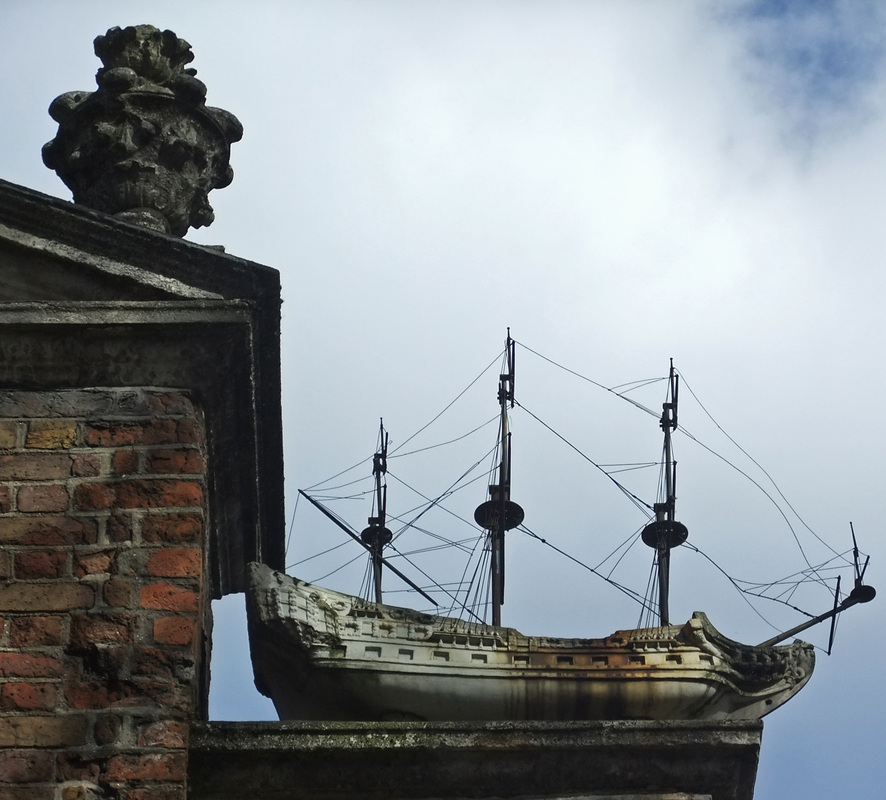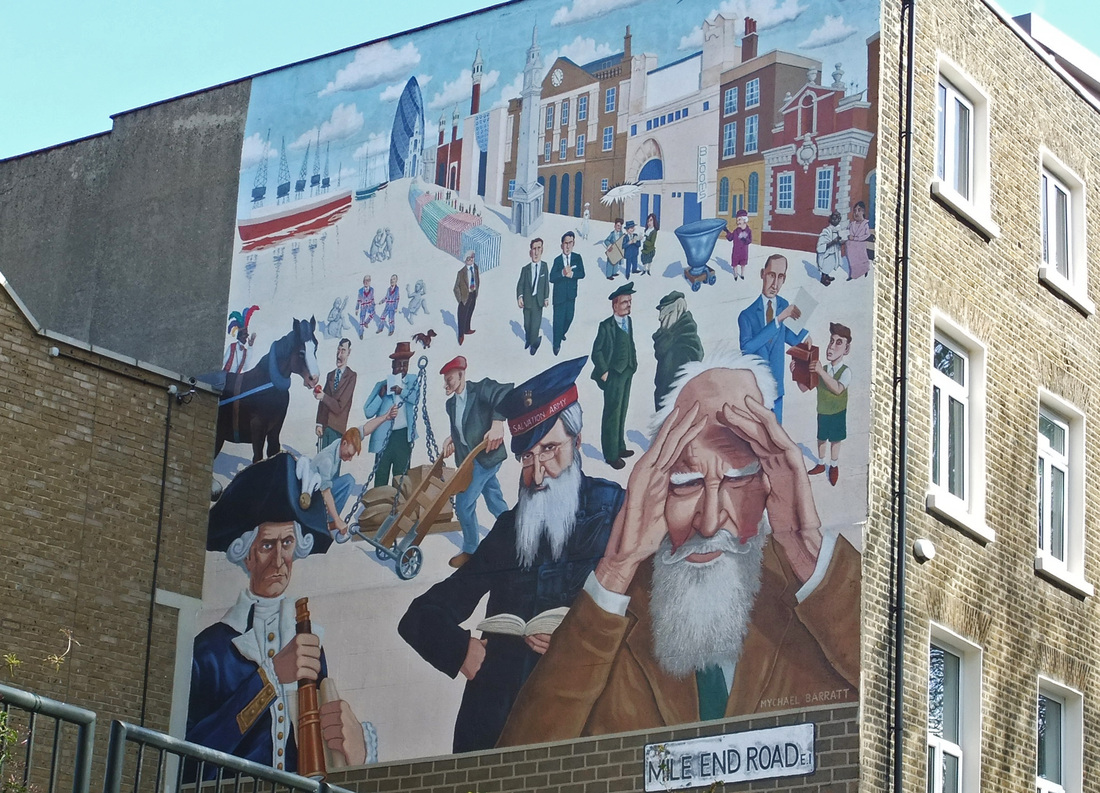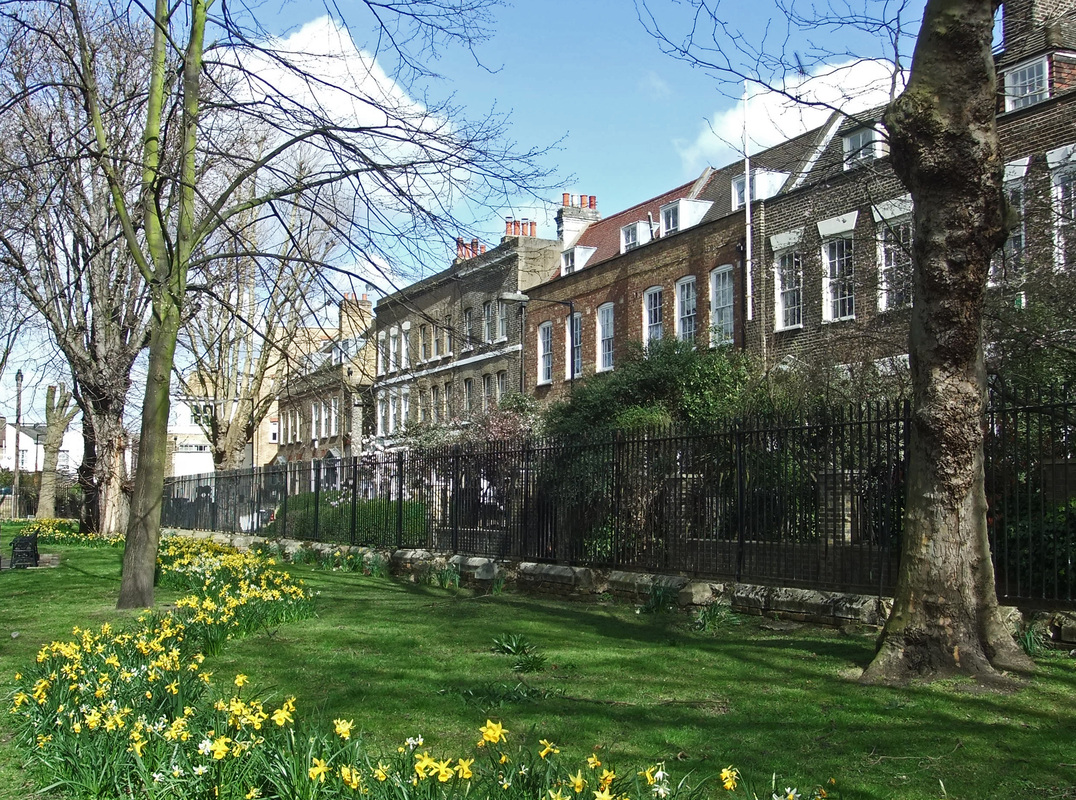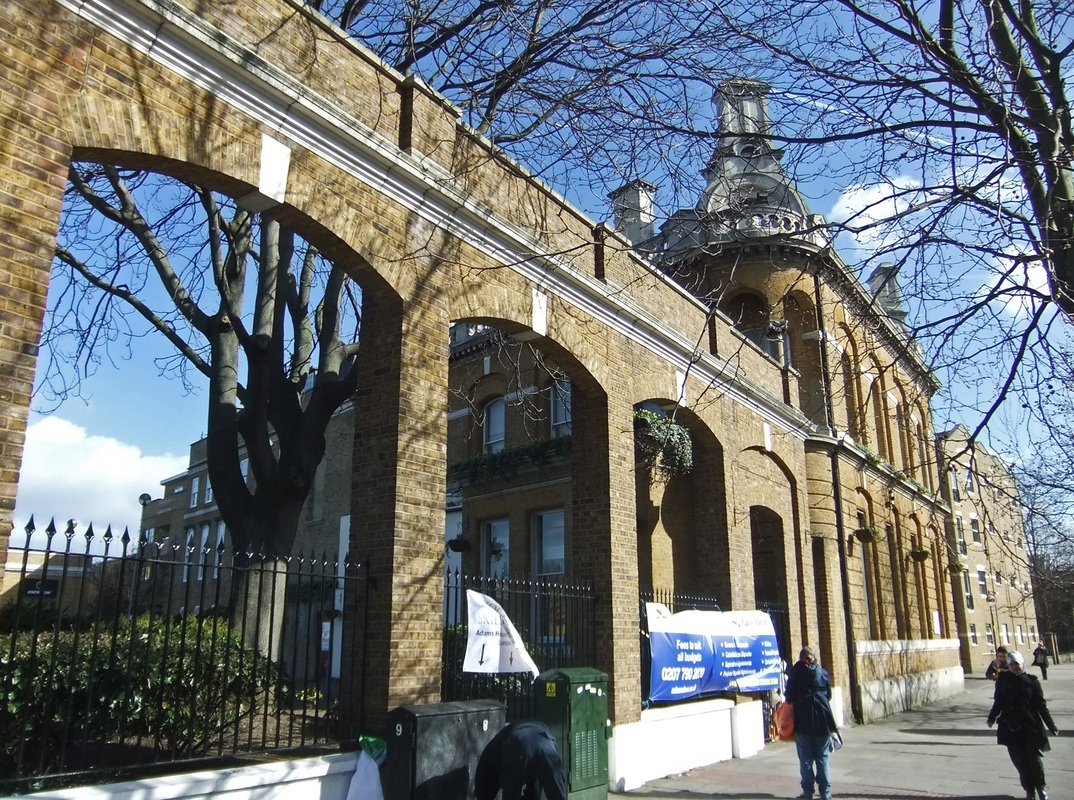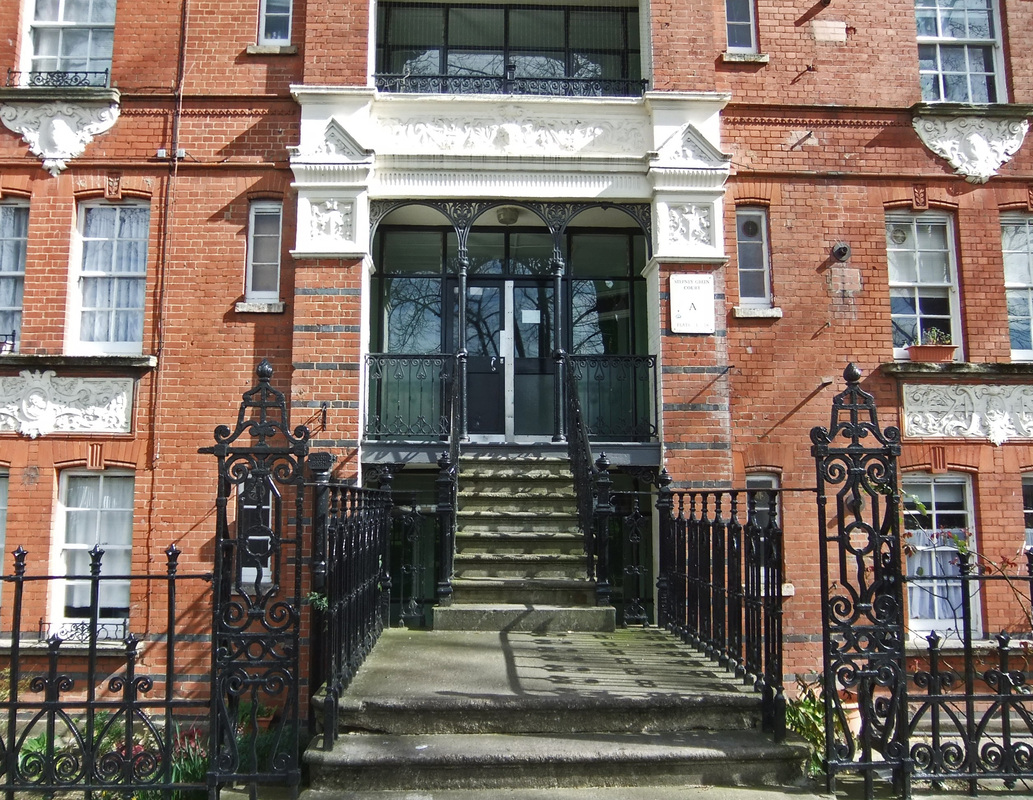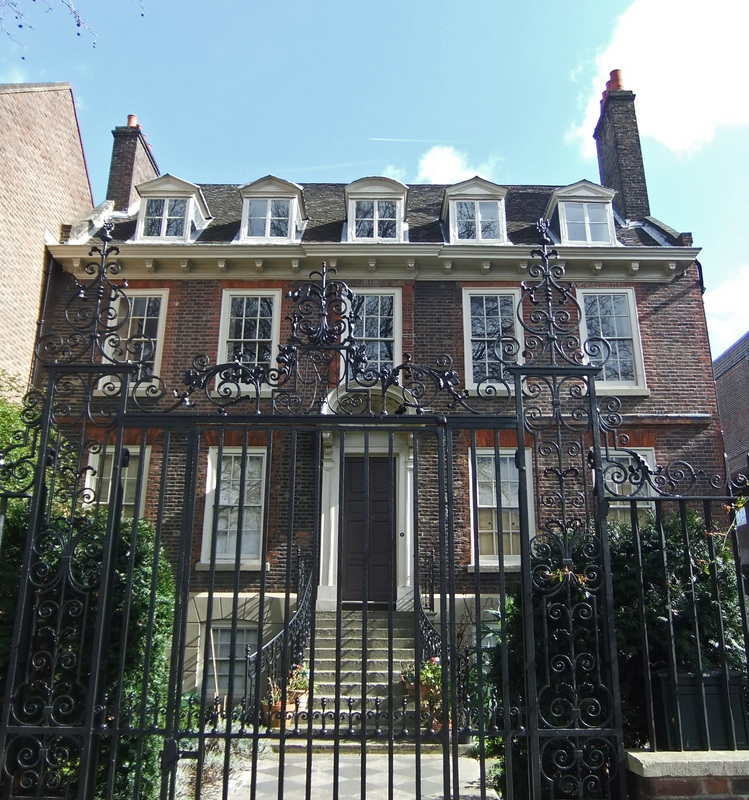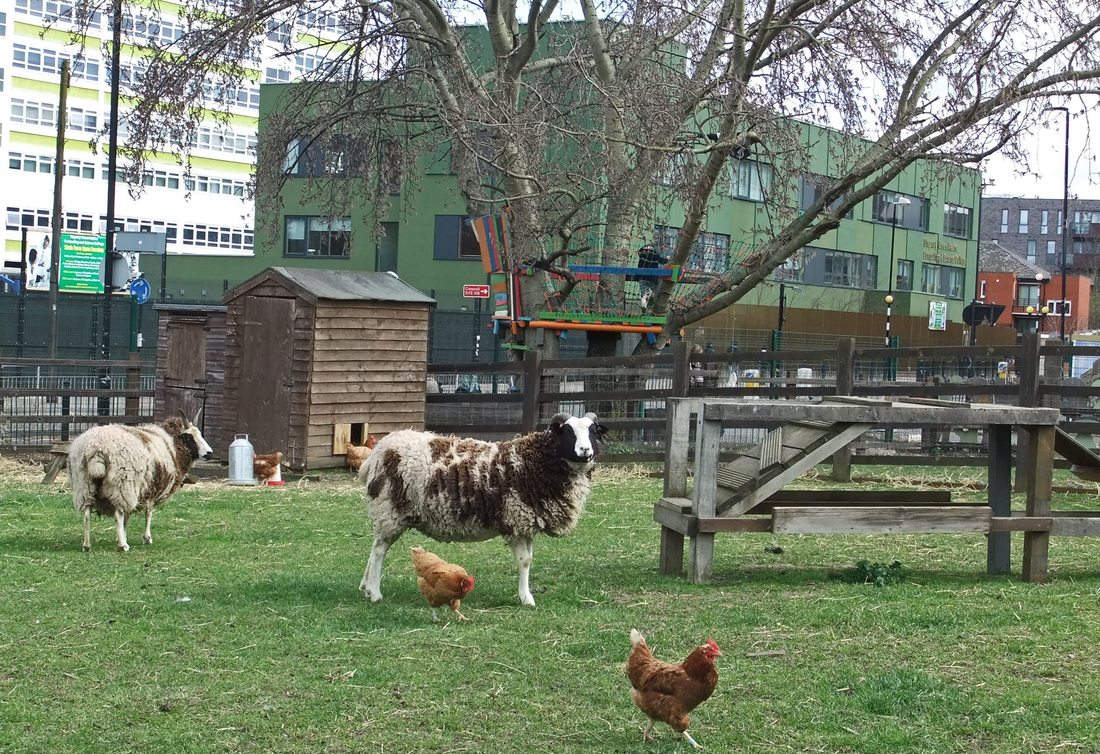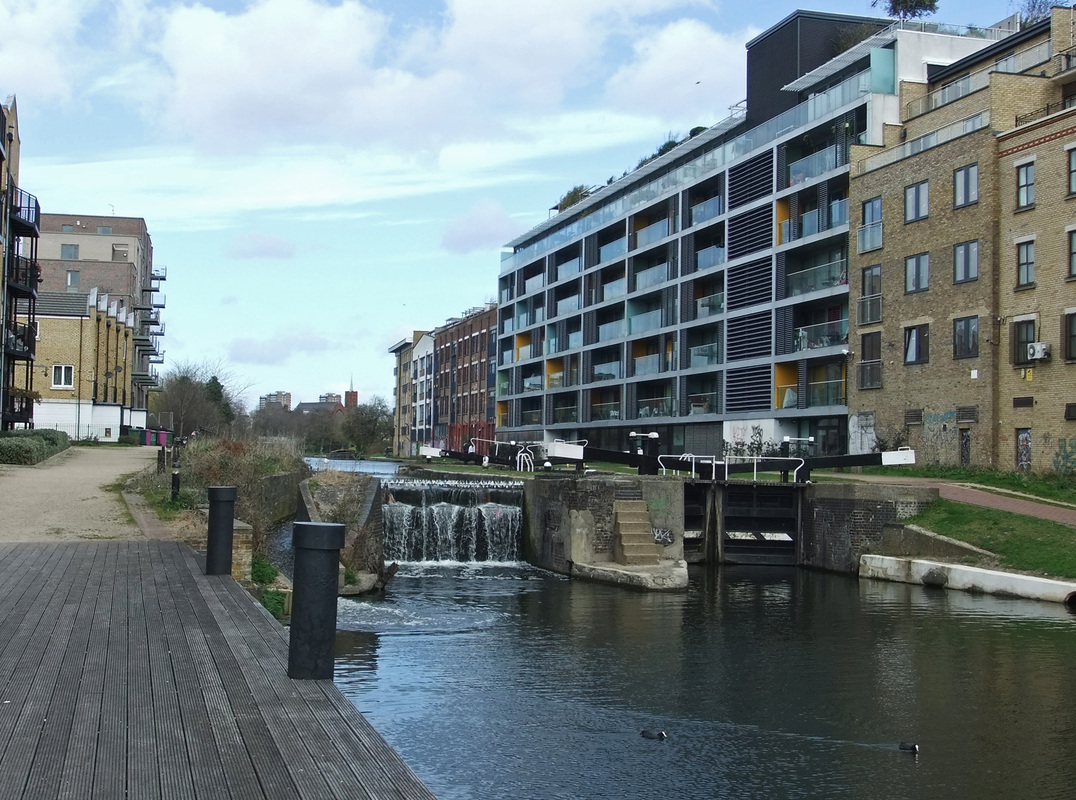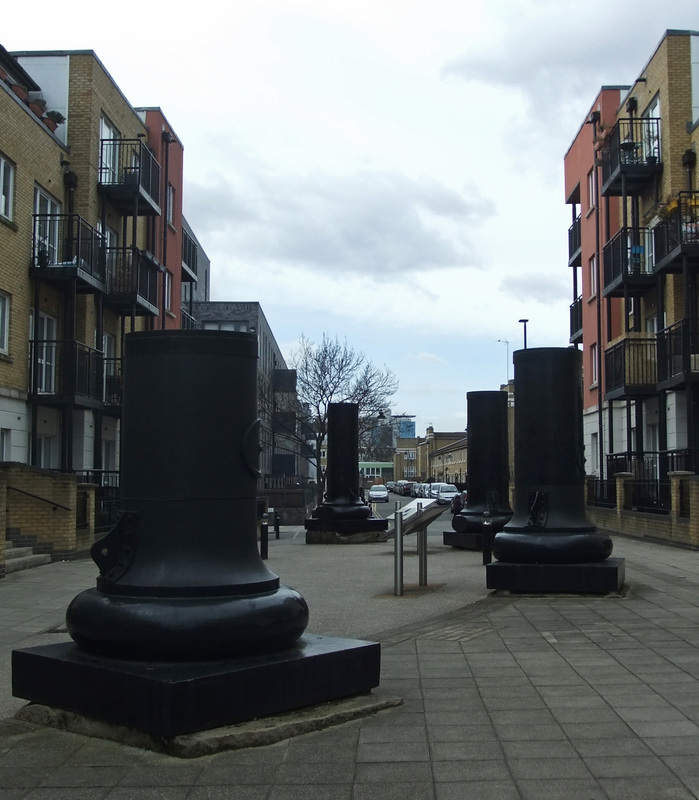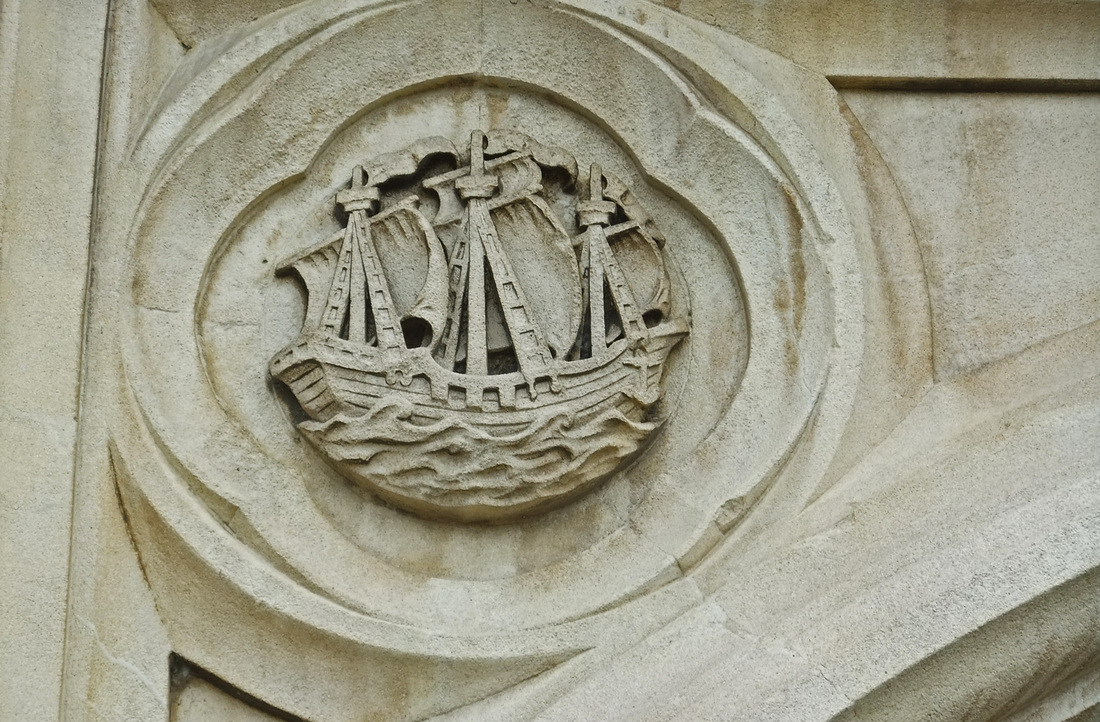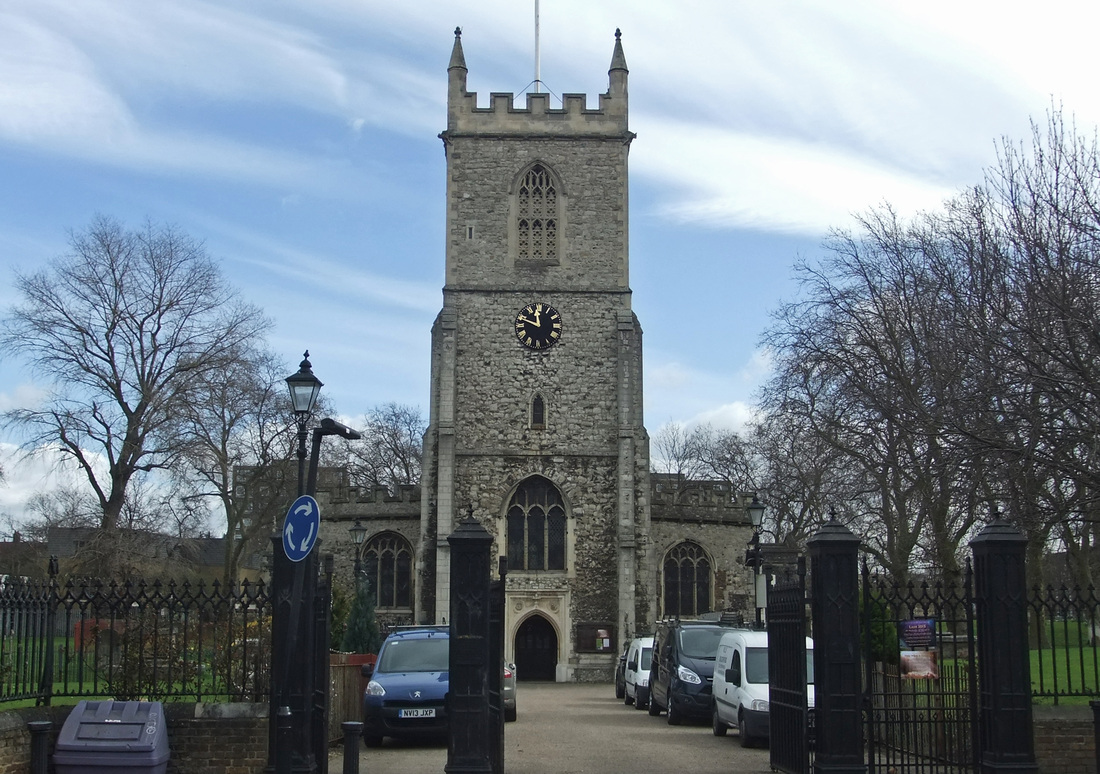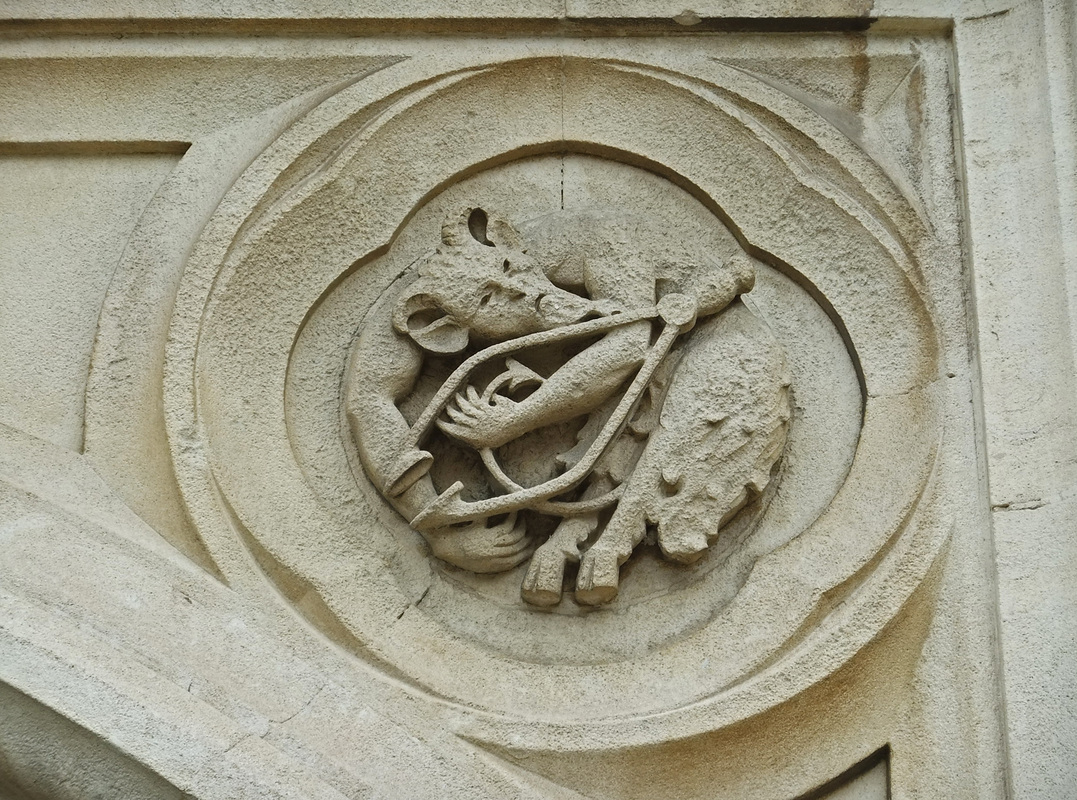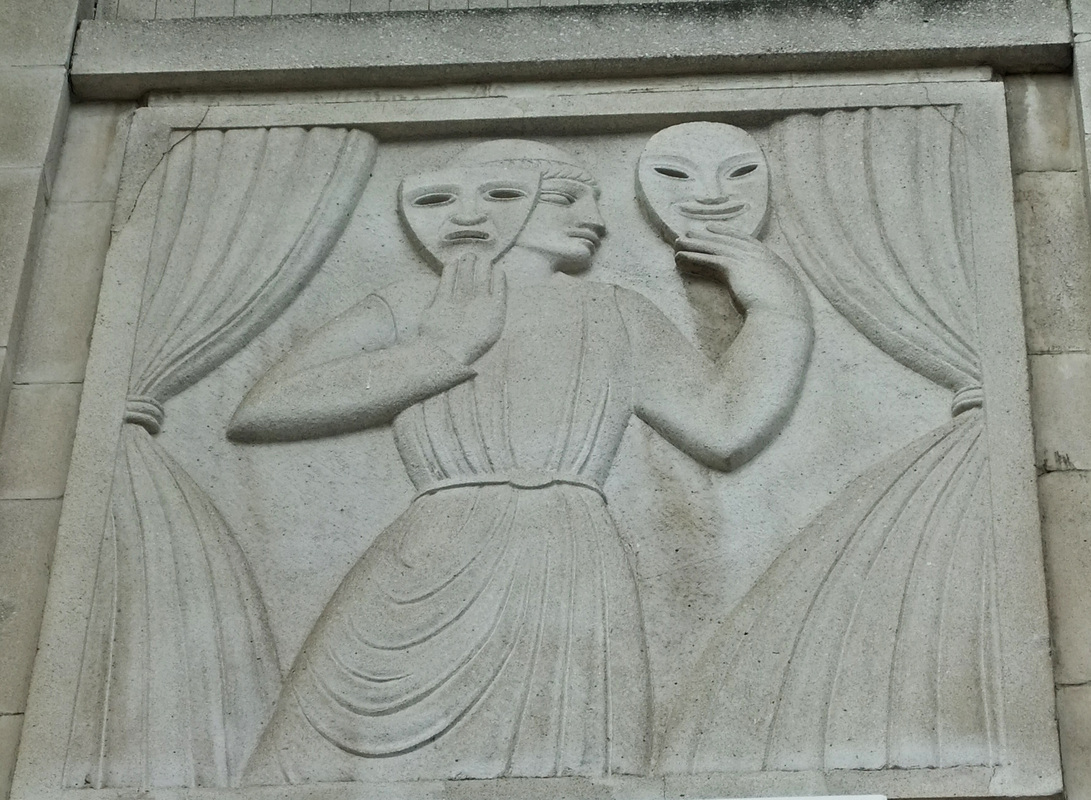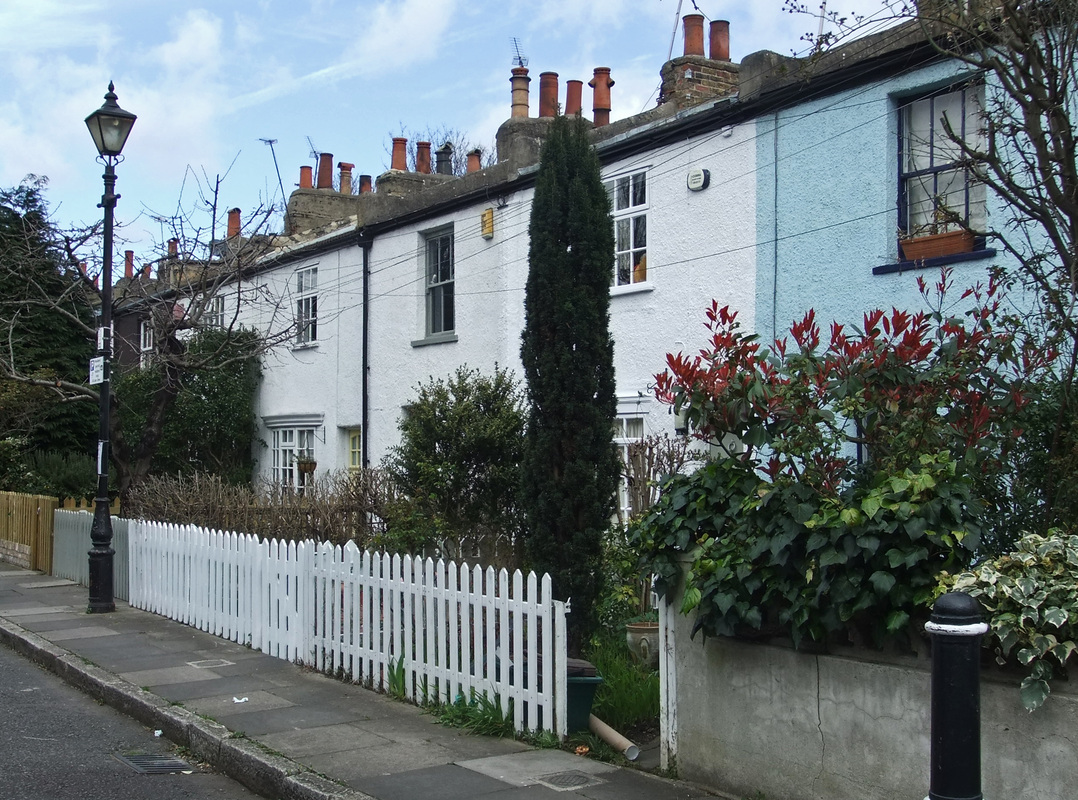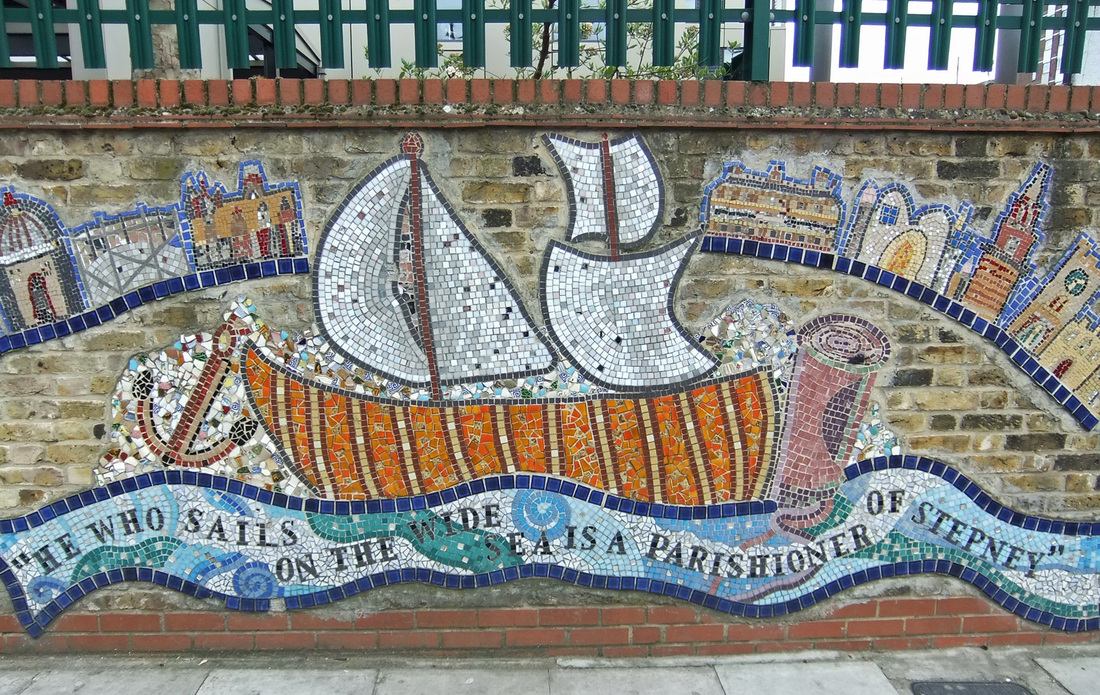|
In the 11th century, Stepney was thought of as the capital of the East End.
The area continued to be rural for nearly all of the 18th century. However, the population expanded with the arrival of several immigrant communities: *The Huguenots (17th century) *The Irish (18th and 19th centuries) *The Ashkenazi Jews (from 1880s) As industry developed and the population of London grew, Stepney had become an urban area by 1900. By the second half of the 19th century, the area was dominated by overcrowded slums. Several philanthropists used their money to build better housing as well as create educational and leisure opportunities for the poor. |
We meet at Stepney Green Station.
After a coffee to introduce ourselves and go over the first part of the English Worksheet, we begin our walk. During the walk we pass:
|
Go over the new vocabulary at the end.
At the end, relax over a tea and go over the new vocabulary together. Ask your teacher any questions. |
|
Did you know?
In 1979, local residents campaigned to use land that was bombed in World War II to create a community farm? Today, the farm's open six days a week and it's free. |
History notes will be given to you at the end.
|
Did you know? The area around Mile End Road was used by Londoners to assemble for public meetings, processions and campaigning. |
Did you know? St Dunstan's Church was called the 'Church of the High Seas'? Many sailors were buried here and there is a carving of a 'ship' over the entrance. |

